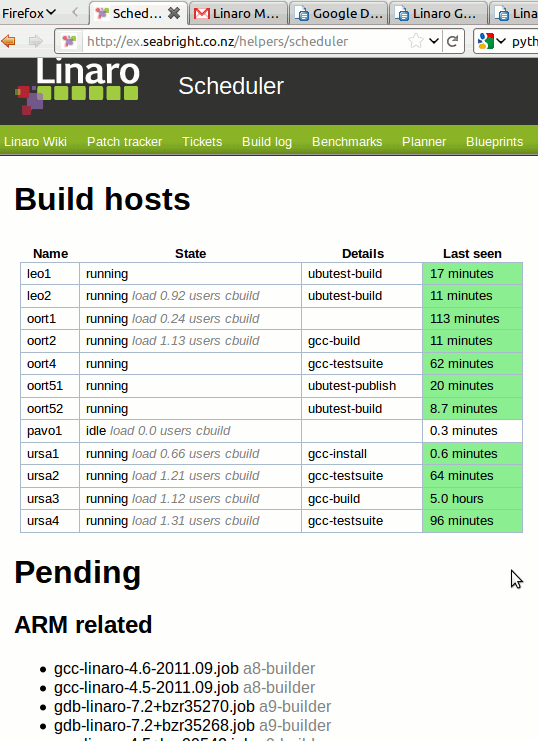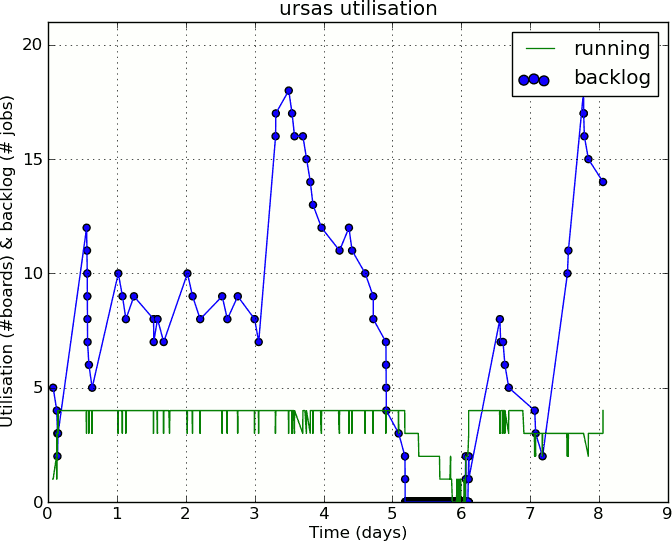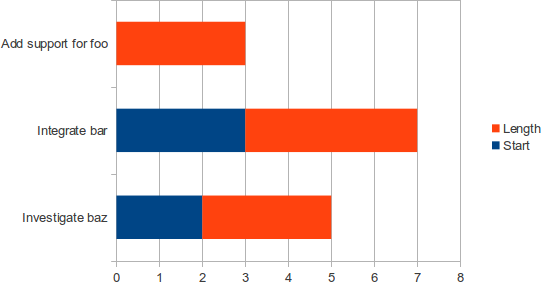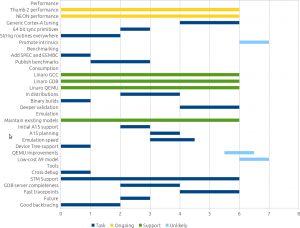Zhenqiang and I have been working on pre-built version of Linaro GCC to make cross compiling your apps for ARM easier. The first version is out and up at https://launchpad.net/linaro-toolchain-binaries. Here’s the announcement:
The Linaro Toolchain Working Group is pleased to announce the release of the Linaro Toolchain Binaries, a pre-built version of Linaro GCC and Linaro GDB that runs on generic Linux or Windows and targets the glibc Linaro Evaluation Build.
This is the first release. Releases will be made each month shortly after the corresponding source release.
Uses include:
- Cross compiling ARM applications from your laptop
- Remote debugging
- Build the Linux kernel for your board
What’s included:
- Linaro GCC 2012.01
- Linaro GDB 2011.12
- A statically linked gdbserver
- A system root
- Manuals under share/doc/
The system root contains the basic header files and libraries to link
your programs against.
The Linux version is supported on Ubuntu 10.04.3 and 11.10, Debian 6.0.2, Fedora 16, openSUSE 12.1, Red Hat Enterprise Linux Workstation 5.7 and later, and should run on any Linux Standard Base 3.0 compatible distribution. Please see the README about running on x86_64 hosts.
The Windows version is supported on Windows XP Pro SP3, Windows Vista Business SP2, and Windows 7 Pro SP1.





